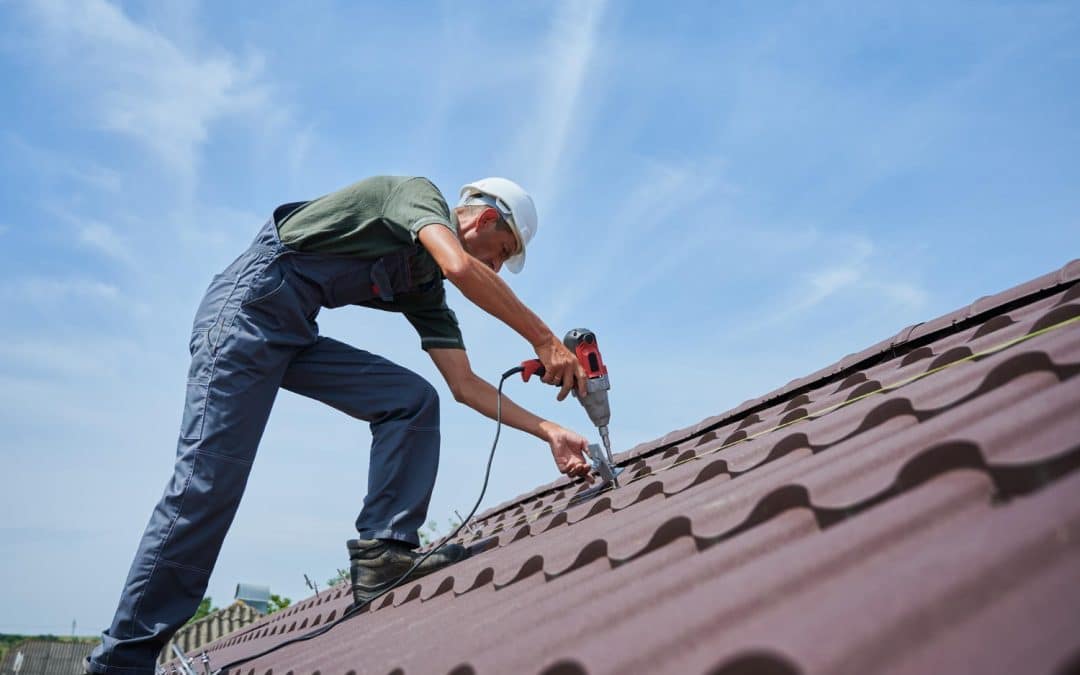Roof issues can catch homeowners by surprise, turning into costly repairs if not addressed timely. Recognizing the early signs of roof damage can save both money and stress. From changes in your energy bills to visible wear and tear, many indicators suggest your roof might need some attention.
Over time, weather and environmental conditions can take a toll on your roof’s condition. Shingles may crack, water stains may appear inside your home, and other subtle changes may arise. Ignoring these signs might lead to more extensive damage, affecting not just your roof but your entire home’s integrity.
Understanding the key indicators of roof damage and the importance of regular maintenance can go a long way in protecting your investment. Taking proactive steps will help ensure your roof remains in top shape, offering you peace of mind and a comfortable home environment for years to come.
Visible Signs of Roof Damage
Recognizing the visible signs of roof damage is crucial in preventing more serious issues. One of the most common indicators is missing or cracked shingles. These shingles are your roof’s first line of defense against weather elements. If you notice them lying in your yard or see visible cracks, it’s a clear sign of wear that needs immediate attention.
Another telling sign is water stains or leaks inside your home. Check your ceilings and walls for any signs of water damage, such as dark spots or moisture marks. These leaks often start as small, unnoticed drips but can develop into larger problems, impacting your home’s interior.
Sagging areas or an uneven roof surface are also significant concerns. A sagging roof might signal structural issues, such as damaged beams or insufficient support. An uneven surface may result from moisture accumulation, which can lead to rot and weaken the roof over time. Addressing these signs promptly can save you from costly repairs down the line.
Age and Wear Indicators
The age of your roof plays a big role in determining when repairs might be needed. Different roofing materials have varying lifespans. For instance, asphalt shingle roofs typically last 20 to 25 years, while metal roofs can last up to 50 years or more. Knowing the age and material of your roof can help gauge when it might need repair or replacement.
Weather and time also affect a roof’s durability. Constant exposure to the sun, rain, and wind gradually wears down roofing materials. After years of battling the elements, even the most robust roofs can show signs of aging, like curling shingles or faded tiles.
Deciding between roof repairs or a complete replacement depends on the extent of the damage and the roof’s age. For roofs nearing the end of their lifespan, frequent repairs might suggest it’s time for a new roof.
However, if the damage is minimal and localized, targeted repairs can extend the roof’s life and delay the need for a full replacement. Evaluating the situation carefully can help make an informed decision that ensures your home remains protected.
Unexpected Changes in Energy Bills
If your energy bills suddenly spike, your roof might be the culprit. Roof damage often affects how well your home retains heat or cool air, which means your HVAC system works harder than it should. This increased energy use typically shows up as higher utility bills.
Insulation is key to keeping energy costs down, and roof damage can compromise it. When your roof is damaged, it can create gaps that let conditioned air escape and let outside air in. As a result, your heating and cooling systems may run more frequently, leading to a noticeable jump in your energy costs.
Additionally, ventilation issues can arise when a damaged roof fails to let your home breathe properly. Poor ventilation traps hot air in the house during summer or lets warmth escape in winter. This not only makes your home uncomfortable but also adds to energy expenses. Tackling these problems promptly can help keep your energy bills more manageable and maintain a comfortable indoor climate.
Maintenance Oversights and Consequences
Regular roof maintenance is essential to catching problems early and extending the lifespan of your roof. Many homeowners overlook the importance of routine inspections, leading to undetected issues that could escalate quickly. Scheduling regular checks can uncover minor repairs before they become major headaches.
Some common maintenance mistakes include failing to clean gutters, neglecting to replace broken shingles, and not addressing small leaks immediately. These oversights can lead to more significant problems, such as structural damage or mold growth. Keeping up with basic maintenance tasks can prevent these issues and save money in the long run.
Taking proactive steps to protect your roof involves being vigilant about any changes or damage. Simple habits like clearing debris from your roof and inspecting it after storms can make a big difference. Regular maintenance not only ensures your roof’s longevity but also safeguards your home’s overall health, providing peace of mind against unexpected damage.
Conclusion
Roof repairs may seem daunting, but understanding the signs and acting quickly can prevent more severe issues down the line. Keeping an eye on visible damage, the age of your roof, energy bills, and maintenance routines is crucial. These actions not only help preserve your home’s structure but also enhance living comfort.
Your roof is a vital part of your home, protecting you from the elements. Prioritizing its maintenance and repair is a worthwhile investment in your home’s future. Noticing the signs early and addressing them with proper care can avoid costly repairs and keep your home safe and secure for years to come.
If you need roof repair in Georgetown, TX, turn to the experts at Mike Huddleston Roofing Systems. We can assess your roof’s condition and provide the needed repairs or replacements to maintain your home’s protection. Don’t wait for small issues to grow—contact us today to ensure your roof stays in top shape.

